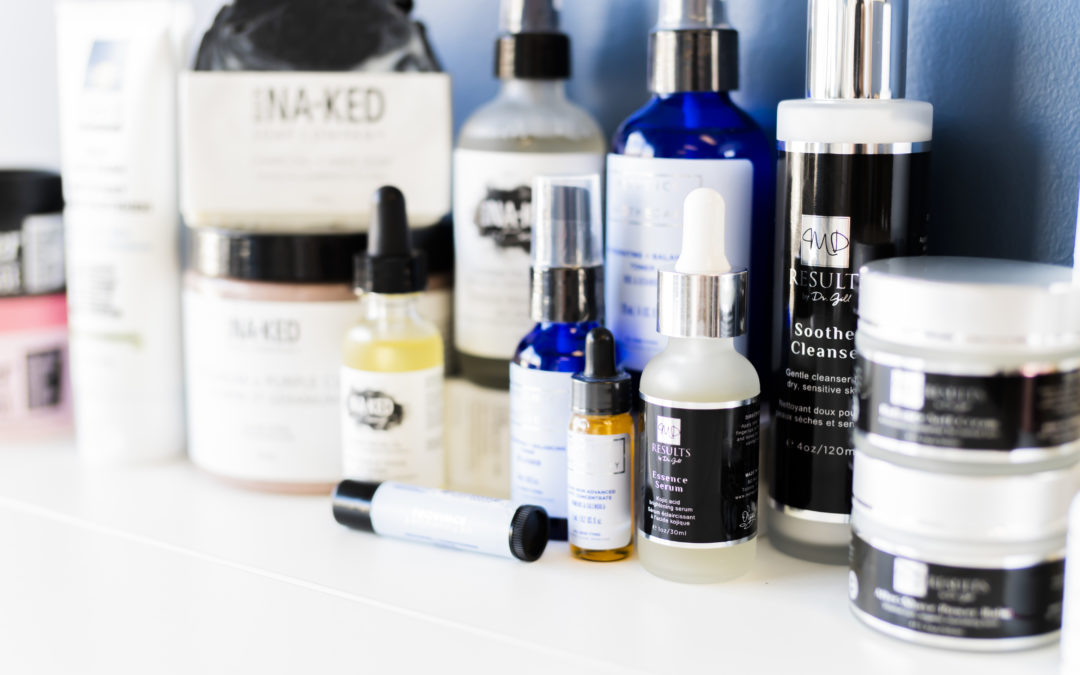When it comes to making sure your products own the shelf your packaging is just as important as your sales efforts. You want to make sure that you’ve chosen right container made of the best material and that your labels show off the quality inside. This means making strategic decisions about material, texture, shape, and design that will communicate your brand messages in a convenient and attractive package.
Labels and containers: A compatibility guide
Not every label works well with every container. You’ve probably seen labels that are misaligned, or that bubble, wrinkle, or flag. These packaging no-nos are costly to repair and can leave an unfavourable impression of your product with customers or, even worse, would-be customers. By understanding some basics about the core elements of a package—we’ll discuss plastic, glass, and labels here—you can make sure you’re putting your best foot forward when your product hits the shelf.
A labelling primer
For many containers, the labelling process involves being fed onto a machine and rotated while the label is applied. These mechanics affect how a label sits on a container and should be taken into consideration when determining the size, shape, and placement of your labels.
Plastic or glass?
Different materials work well for different products. Plastics are an obvious choice for things like pastes, creams, or gels—things the customer might squeeze or pump. Glass works well for drinks and food, or any product that might be poured or packed in little pots. While plastic and glass have radically different qualities, they also share some common qualities. Let’s take a closer look at the variables that will affect your labelling.
Shape
The shape of your container will dictate, to a large degree, the shape and size of your label. Wine labels, for example, are often rectangular while a small pot of gel could take a thin wraparound. In general, you’ll need to find a flat, unobstructed surface for the label and design to fit its size and shape.
Taper
A taper refers to when the top or bottom of a container is larger—even slightly. Due to how the labels are rolled on, a taper can prevent a label from lying flat or straight. In this case, it’s best to avoid long labels as they are more likely to roll on in a spiral.
Ridges
Ridges are the areas on a container where the surface curves, like at the neck or at the bottom near the base. Avoid labelling over a ridge as that will lead to slack, wrinkling, or bubbling. As a rule, design your labels to miss the ridge by at least 1/8th of an inch.
Embossing or debossing
Embossing is an area on any surface that is raised while debossing is an indented area. Just like with ridges, embossments and debossments should have a margin of 1/8th inch.
Empty containers or full?
Plastic containers should be full during labelling because they don’t carry the proper weight. Glass can usually be labelled empty.
Texture
Plastics can be manufactured with a rough or smooth surface. If your surface is rough, your labelling will need more pressure time for the label to bond. This also goes for glass containers, though a rough surface is much less common.
Flexibility
If your container is made of a flexible plastic, you’ll need to design labels that can flex without bubbling, breaking, or sagging.
Imperfections in glass
All glass has imperfections because of the way it’s made but this should not deter you from using it. You should simply make sure that you design the label to work with the container. Give embossment, debossments, ridges, or imperfections a berth of 1/8 of an inch. If there’s a taper, consider this in your label design.
Surface energy in plastics
Plastics have different levels of surface energy, a quality that will affect how labels attach and which adhesive is best. Adhesives tend to spread more across containers with high surface energy like PET or PVC plastics, so regular adhesives are likely suitable on these products. HDPE and PP plastics have low surface energy which causes adhesives to bead. For containers made of these plastics, a stronger adhesive will be required.
You put a lot of energy into designing a label to make your product pop. By taking into account some of the mechanics of application and the properties of glass, plastics, adhesives, and labels, you’ll ensure that your overall packaging impresses.
